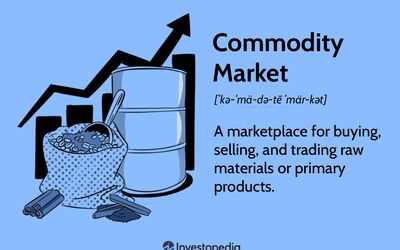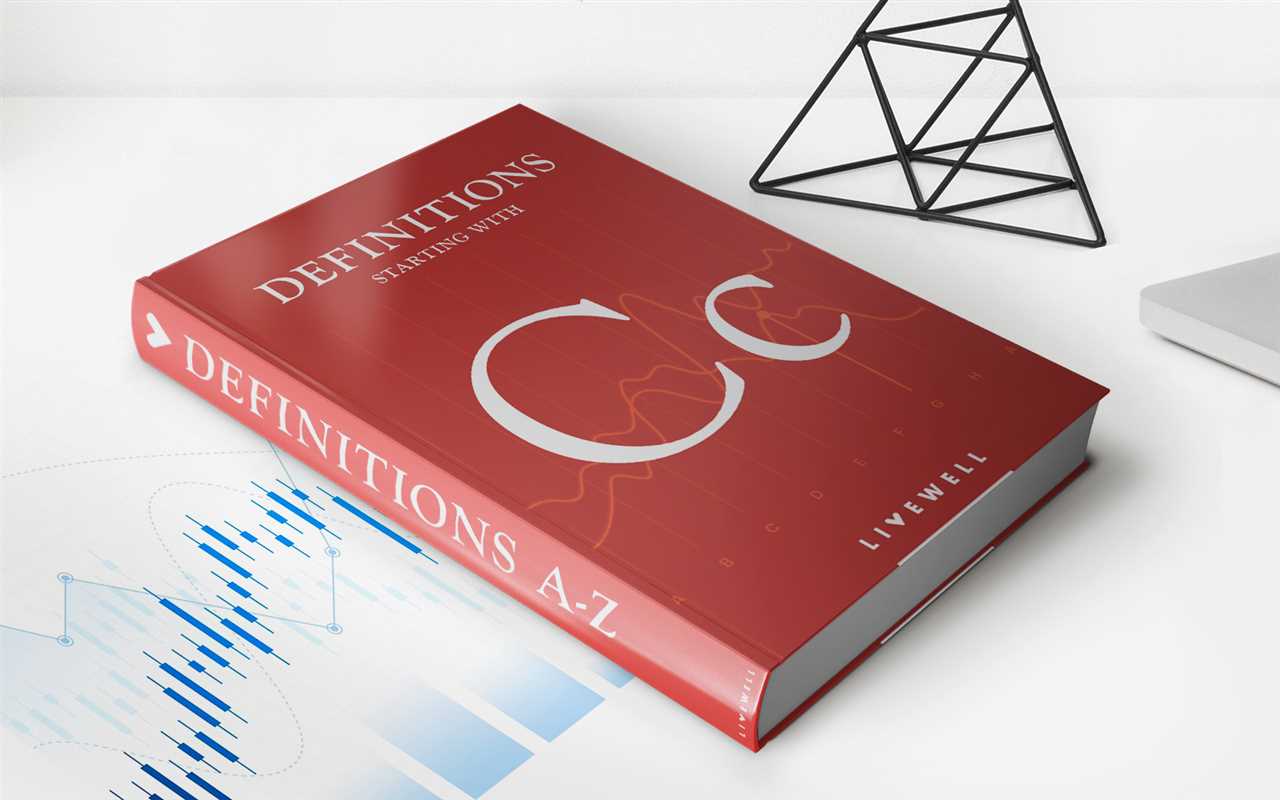Wholesale Energy: Definition And Mechanism
What Is Wholesale Energy? Wholesale energy refers to the buying and selling of electricity and natural gas in bulk quantities. It is the process by which energy producers, such as power plants and gas suppliers, sell their products to energy retailers or other intermediaries. Unlike retail energy, which is sold … …








